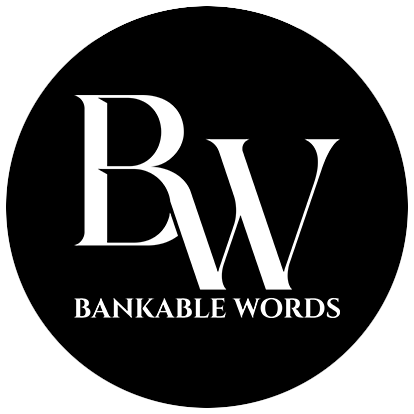Hey there!
If you’ve been sending out emails to your entire list and wondering why your engagement rates aren’t shooting through the roof, I have a secret ingredient to share with you today. It’s called email segmentation. Now, before you groan and say, “Not another marketing buzzword!” hear me out. Email segmentation isn’t just a fancy trick; it’s the bread and butter of successful email marketers. And yes, it can seriously boost your engagement rates. But first, why did the marketer break up with the calendar? She felt he was all dates and no engagement!
Alright, now back to business. Email segmentation is essentially the practice of dividing your email list into smaller, more focused groups based on specific criteria. This allows you to send more personalized and relevant emails to each group. Think about it – the email you send to a brand-new subscriber should be different from the one you send to a loyal customer who’s been with you for years, right? Right. Let’s dive into how you can start segmenting your list and see some real results.
Step 1: Gather the Right Data
Segmentation is only as good as the data you collect. Start by ensuring you’re gathering enough information from your subscribers at the point of sign-up. This could be as simple as asking for their birthday, location, or interests. You can also use behavioral data like purchase history or past email engagement to segment your list.
Step 2: Define Your Segments
Think about what makes sense for your business. Common segmentation strategies include:
– Demographics: Age, location, job title.
– Behavior: Purchase history, email engagement, website activity.
– Customer Journey Stage: New subscribers, regular customers, lapsed customers.
Choose segments that will allow you to tailor your content effectively. For example, sending targeted promotions based on purchase history can be incredibly effective.
Step 3: Tailor Your Content
This is where the magic happens. Customize your emails for each segment to address their specific needs and interests. For instance, for those who haven’t purchased in a while, consider sending a re-engagement email with a special offer. New subscribers might appreciate a welcome email series that introduces your brand and provides value.
Step 4: Test and Optimize
Always be testing. Try different subject lines, email content, and sending times to see what resonates best with each segment. Use A/B testing to make data-driven decisions and continuously improve the effectiveness of your emails.
Step 5: Automate the Process
Once you have a handle on what works, automate as much as you can. Use email marketing tools to set up automatic emails triggered by specific behaviors, like a welcome email when someone signs up or a birthday discount email. Automation not only saves time but also ensures that your subscribers receive relevant content at the right time.
Pro Tip: Keep Your Lists Clean
Segmentation can quickly become messy if your lists aren’t well-maintained. Regularly clean your lists by removing inactive subscribers and updating information. This helps keep your engagement rates high and ensures your emails reach those who are truly interested.
Now, implementing these strategies might sound like a lot, but the payoff is worth it. By sending targeted, relevant content, you’re more likely to engage subscribers, which can lead to higher open rates, more clicks, and ultimately, increased sales. Plus, your subscribers will appreciate receiving emails that actually cater to their needs and interests—making them feel like more than just another email address in your database.
So there you have it—a beginner’s guide to unlocking the power of email segmentation. Remember, the key to effective email marketing is always relevance. Your subscribers are real people with unique needs and interests. Speak directly to those, and you’ll see just how powerful email marketing can be.
And remember, without segmentation, you’re just another marketer shouting into the void. Or as we like to say in the email world, without segmentation, you’re like a mime performing at a drive-in movie—lots of action, but nobody’s paying attention!
Until next time, keep segmenting and see your engagement soar!
Warm wishes,
Candace
